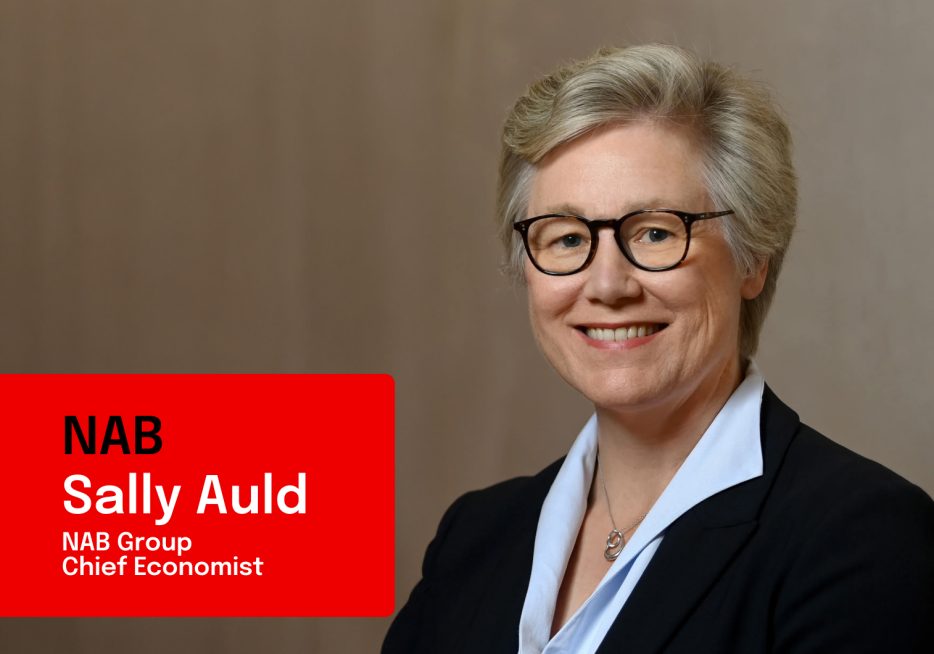We hear from NAB Group Chief Economist, as she shares her latest economic update. Watch now.


Social media can be a great way for community organisations to engage with their supporter base and encourage donations from the wider community. But many don’t know where to start. Todd Copeland, NAB General Manager Digital, shares his top tips.

While a growing number of community organisations are tapping into the power of social media as a communications and marketing tool, others are still reluctant to get involved, according to Todd Copeland, NAB General Manager Digital.
Copeland says organisations shouldn’t fear feedback. “Conversations are already taking place and the chances are people are probably already talking about you anyway. By having a presence you can shape the conversation and have input rather than allow someone else to speak on your behalf.”
World Vision, Save the Children, Vision Australia and Guide Dogs Australia are examples of not-for-profits using social media effectively. There are also social enterprises such as Thankyou (previously known as Thankyou Water), which has a history of using social media to create buzz around its campaigns. Each bottle of water sold provides a month’s clean drinking water for one person in developing countries.
Back in 2011, the company’s founder Daniel Flynn was struggling to find distribution for Thankyou Water when he launched a social media campaign asking supporters to lobby on 7-Eleven Australia’s Facebook page. Subsequently 7-Eleven Australia signed on as its first major retailer. Then in 2013, the company rallied its extensive fan base to convince Coles and Woolworths to stock its range of water, food and body care products.
NAB’s own efforts at social media engagement progressed in December 2012 with the launch of its Social Media Command Centre. NAB is now able to rapidly respond to the 5,000-plus comments it receives a month. The Centre is also sharing its knowledge with customers, hosting more than 530 customer tours through the centre.
Feedback from these tours suggests that resourcing is another challenge community organisations face when it comes to social media, especially considering that once you start you need to have people consistently responding to comments and posting new content. Other challenges include having access to expertise and knowledge around social media, keeping up to date with the rapid changes and making it accessible and understandable to senior management.
There’s no hard and fast rule about how often you post – the general recommendation is that you don’t post on Facebook more than twice a day, although on Twitter it’s common to tweet around three to four times a day. However, the most important consideration is to post content people want to engage with.“It’s a test and learn space,” says Copeland. “Test different messages and see if people like it and engage with it. If they don’t, try something else.”
For community organisations this could include marketing content, communications on donor relations and donor stories, events, news announcements, media coverage, product information and details on how people can donate.
Regardless of how prepared you are, the nature of social media means that you’re likely to face critical feedback at some point. Having an organisation-wide policy in place for dealing with any issues is crucial.
“It is important to address a complaint in the same way you would face-to-face or over the phone. Help to address a customer’s problem by learning about the issue, always speaking to the person authentically.”
There’s also the advantage of developing a genuine following of advocates who can help engage with the community.
“Having people who speak about your products or your work on your behalf is an important social media tool,” says Copeland. “Individuals from your industry who are respected for their opinion and who have social influence make the most effective advocates.”
More from NAB:
© National Australia Bank Limited. ABN 12 004 044 937 AFSL and Australian Credit Licence 230686.